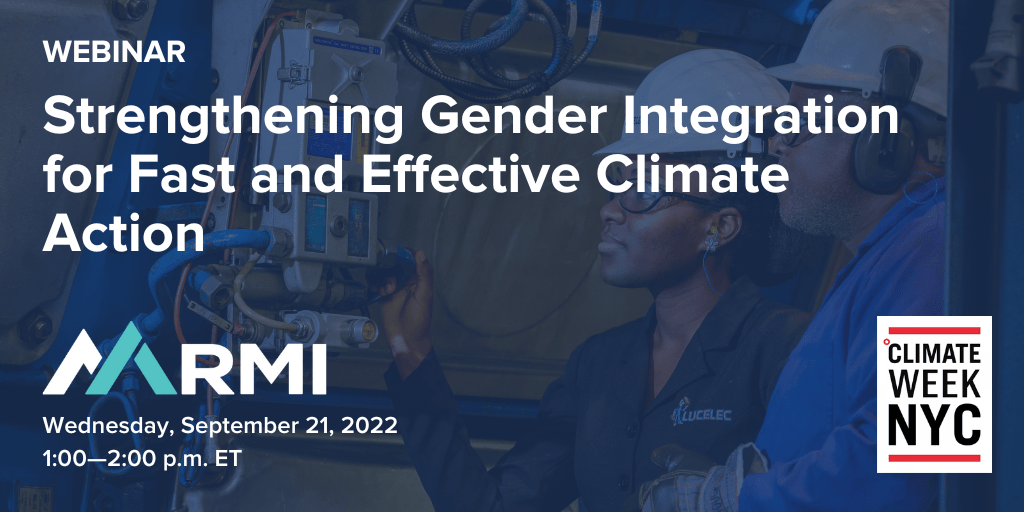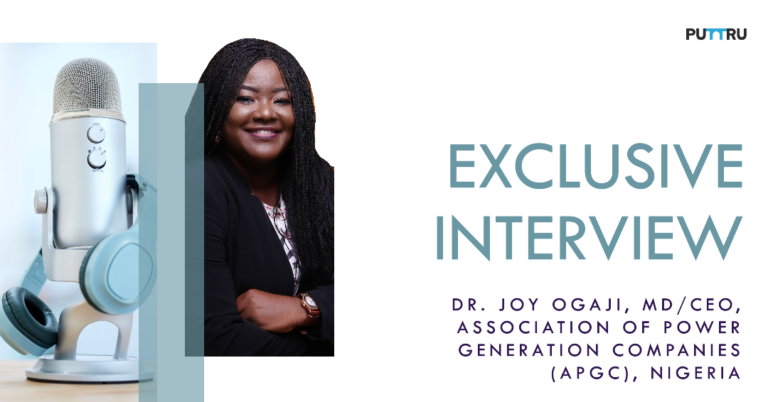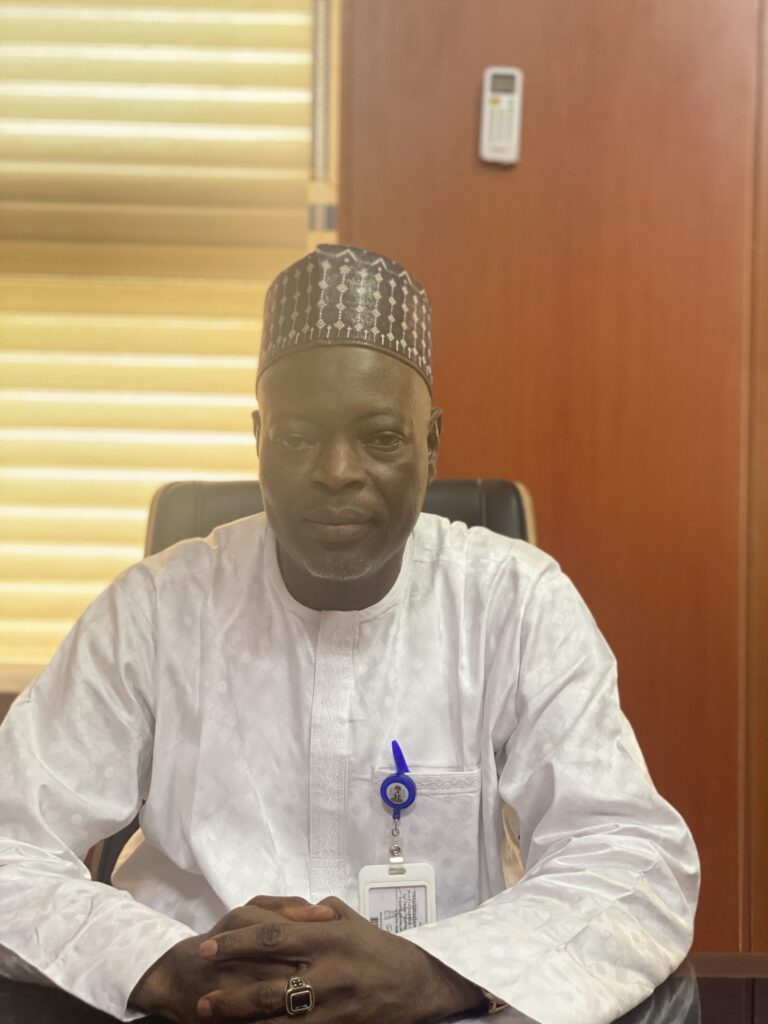When it comes to accelerating clean energy investments women are an under-tapped resource for private capital mobilisation. Financial service providers are simply not doing enough to pool women’s financial resources to invest in areas women investors have shown preference for: women-led businesses and the environment.
Women now control 1/3 of the world’s wealth, according to Boston Consulting Group (BCG). The BCG report further notes that women are growing in wealth at a rate faster than ever, with this gender adding roughly US$ 5 trillion to the global wealth pool every year. While North American women (and women in the Global North generally) hold the largest share of wealth globally, the factors driving the increased capacity for wealth creation is gaining momentum in African countries as well. These factors are “holding high-skilled jobs, greater wage equality and higher rates of inclusion in managerial positions and in entrepreneurial roles”.
Of course, this is not the typical angle looked at when we talk about women in business, finance and society in general. While gender gap continues to persist, there are women at the top echelons of business, finance and society. And women who have climbed such heights are rewriting what it means to be a woman in leadership, but not enough attention is going there. This must change, especially if we want to see women-owned businesses increasingly gain access to business capital.
“We need to go beyond talking about making space for women to participate in the energy sector to discussing the relationship between women’s empowerment and increased investments in renewable energy”
This article discusses the gaps, how women are closing it themselves and why more attention should be given to the role women can play in accelerating clean energy investments.
To accelerate clean energy investments we must go beyond talking about making spaces for women
I was invited to speak at RMI’s Climate Week NYC webinar on “Strengthening gender Integration for fast and effective climate action”.
Sharing her vision for the webinar, the host said to me ‘we need to go beyond talking about making space for women to participate in the energy sector to discussing the relationship between women’s empowerment and increased investments in renewable energy.’ My thoughts were: it is about time.
My job was to discuss:
- The key challenges women entrepreneurs face.
- What should be done to bring about a more equitable outcome for women entrepreneurs, considering that women entrepreneurs tend to access credit at a lower rate than their male counterparts.

A quick KYC on female entrepreneurs in the energy sector
It is important to clarify that women entrepreneurs are not a homogenous group.
If we do not take into consideration the different experiences faced by women as businesspeople operating in the energy sector, we stand the risk of not incorporating the needs and interests of certain groups of women and unintentionally faulting on inclusivity.
Thus, in answering my questions, I started with the three groupings of women entrepreneurs that I have encountered in the West African region. These are as follows:
- Upper spectrum female entrepreneurs: these women tend to be successful businesswomen, thriving in areas normally classified as male dominated. They tend to be savvy and have the balance sheet and track record that make them prime clients for banks.
- Lower spectrum female entrepreneurs: these group of women aspire to have the same status possessed by the upper spectrum female entrepreneurs. However, unlike this group, their primary needs include receiving technical assistance in developing business plans, coaching and mentoring on running a business, among others. They may or may not have just started their business. In fact, many have been in business for some time, albeit at a micro scale.
- Mid spectrum female entrepreneurs: with the lower spectrum female entrepreneurs, this group make up the largest share of female entrepreneurs operating in the energy sector in West Africa. Unlike the lower spectrum female entrepreneurs, however, this group tend not to be interested in soft support like training on how to develop business plans. Female entrepreneurs in the mid spectrum are more interested in securing financing to scale their businesses – taking it from micro to small or small to medium.
Key challenges faced by women entrepreneurs
Upper, lower or mid spectrum female entrepreneurs in the energy sector in West Africa will sum up the challenges they face to lack of access to finance. Even for the upper spectrum female entrepreneurs who are at an advantageous position compared to the other two, this group encounter challenges related to securing what they consider as more affordable loans and favourable payment conditions.
If female investors are the only group of investors that tend to prefer female-owned businesses shouldn’t financial service providers be designing products that pool women’s wealth for investment into women-owned businesses?
While there are gender related barriers impacting the capacity of lower spectrum female entrepreneurs to secure financing, I would say the most obvious of gender related barriers can be found among mid spectrum female entrepreneurs (this is because we are able to control for education, experience running a business, capacity to develop business plans, etc.).
These gender related barriers are as follows:
Small-sized-transaction issues
The majority of women entrepreneurs tend to operate in sub-sectors that are less capital intensive. According to a study conducted at the ECOWAS level, women entrepreneurs tend to be heavily present in businesses involving the sale of energy products such as solar home systems (SHS), LED lightbulbs, solar lanterns and cookstoves, including installation and maintenance services, especially for SHS. These businesses create opportunities for women to participate in the income generating side of the energy sector. However, the fact that these businesses tend to operate at a smaller scale and do not require a lot of capital do limit women’s capacity to secure financing from traditional commercial banks when all they need is a few thousands of dollars. The reason for this being that, generally, lenders prefer dealing with large ticket transactions compared to micro transactions. This is because the due diligence requirements for micro or large transactions do not differ. However larger transactions are more financially rewarding for lenders than micro transactions.
Historical asset size limitations
While women entrepreneurs might aspire to expand their business activities, in volume and sectors outside women-dominated business areas, the current balance sheet will be used in assessing the practicality of their business aspirations and the loan size they can expect. Also, track record and managerial experience would be looked at critically. Thus, women who have operated in low capital business areas may face serious challenges if they wish to transfer into capital intensive business areas. Such an entrepreneur would have to provide sufficient comfort to the lenders. And without the balance sheet and managerial experience, moving into capital intensive ventures would likely be considered a risky business by lenders and may attract higher borrowing rates and stringent covenants. This, on the other hand, increases the perceived costs of default by female entrepreneurs, serving as an inhibition for them to pursue such business goals.
Currently, about 10% of start-up founders in the energy sector are females (or gender diversified), according to the International Energy Agency. Not only are there fewer women entrepreneurs entering the sector but challenges such as these are constraining growth for those already in the sector. As a result, business growth of ventures led by women tend to be slow and gradual rather than exponential. Exponential growth would require unleashing debt and equity capital, strategic partnerships, training and mentorship, among others. The question is how financial institutions and other actors in the ecosystem can meet this need.
…business growth of ventures led by women tend to be slow and gradual rather than exponential.
Unleashing exponential growth for clean energy investments
To unleash exponential growth for clean energy investments, we would need to see, on the one hand, solutions aimed at giving commercial banks comfort. On the other hand, solutions aimed at giving women entrepreneurs comfort to embrace financing instruments outside bank loans. In addition to these two is partnerships.
- Solutions aimed at giving commercial banks comfort include blended finance instruments such as guarantees, first-loss, concessional debt, impact-linked finance, impact bonds, grants, etc., made available by development finance institutions. These solutions exist, but there is need to increase the scale and rate at which women entrepreneurs are able to benefit from these.
- Solutions aimed at giving comfort to women entrepreneurs. While equity investors are in high demand in the start-up scene, we see a much-reduced appetite from your ordinary West Africa entrepreneur for equity investors. Instead, most entrepreneurs, especially women, tend to prefer bank loans. Drag-along clauses, and other complex legal terms, used by private equity investors are the usual culprits. The possibility of the having your business sold off due to a seemly unlikely condition in the contract is a fear raised by even seasoned entrepreneurs. While the fear of entering an unfavourable agreement with an investor is not unreasonable, for instance the African Legal Support Facility (ALSF) hosted by the African Development Bank (AfDB) exist to provide contract negotiation support between African governments and investors, this fear may be overexaggerated. A facility such as ALSF, but for women entrepreneurs, will be essential in solving a significant barrier holding women back from exploring the full range of financing options available to them.
- Finally, on partnerships, an initiative to support women-owned businesses without opportunities of establishing partnerships might face challenges with meeting the desired results. It is important that support includes linking women-owned businesses with more established businesses to partner with in executing projects, especially for projects that are more capital intensive than those for which the women entrepreneurs concerned may have had experience in. This is particularly important when it comes to securing debt capital for the projects.
For these solutions to yield any tangible results, the issue of gender bias in access to funds would have to be addressed. This is where women as investors hold a lot of potential.
Women, an untapped resource for accelerating clean energy investments
Early-stage businesses owned by women are more likely to get less from investors (an average of $1million less), compared to their male counterparts, after being pitched to investors, says BCG. Factors such as educational levels of the entrepreneurs and the quality of their pitches were ruled out as factors behind such results, leaving only gender related factors.
Irrespective of whatever reasons cited for the lack of interest in female-led ventures by those who make these decisions, it is important to note that when the decisions are made by female investors the outcomes differ. For instance, women are twice as likely as men to invest in companies with female founders and three times as likely to invest in companies with female CEOs, according to World Economic Forum.
If female investors are the only group of investors that tend to prefer female-owned businesses shouldn’t financial service providers be designing products that pool women’s wealth for investment into women-owned businesses?







